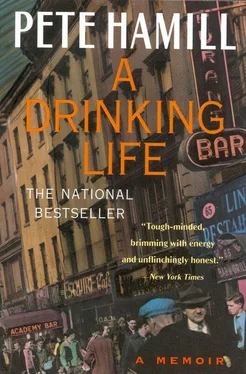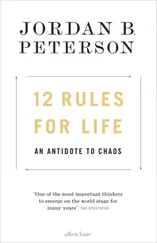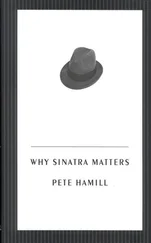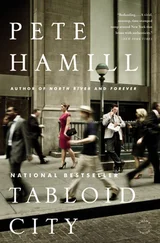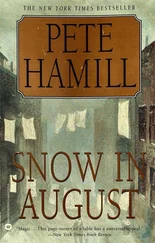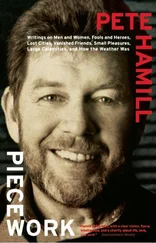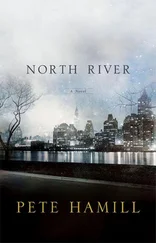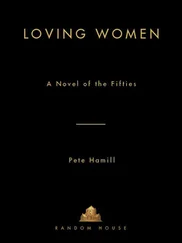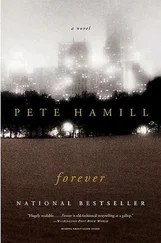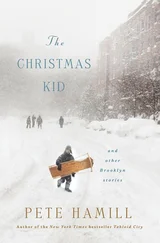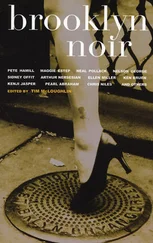The gang at our end of the Neighborhood was called the Tigers, most of them Irish. Their great rivals were the South Brooklyn Boys, most of them Italian. They all wore variations on the zoot suit, brightly colored trousers with a three-or-four-inch rise above the belt, ballooning knees, tight thirteen-inch pegged ankles. The rear pockets were covered with gun-shaped flaps of a different color, called pistol pockets; sometimes a bright saddle stitch would run down the seam of the trouser leg. If the trousers were a bright green, the pistol pockets, narrow belt, and saddle stitches might all be yellow. Or the combination would be maroon and gray. Or black and tan. Or purple and pale blue. The colors and combinations were drastic, radical, personal, at once an affirmation of their owner’s uniqueness and a calculated affront to those locked in the gray dark memory of the Depression, the khaki and navy blue palette of the war, or suit-and-tie respectability. In summer, the gang members wore T-shirts with the sleeves rolled high on the shoulder and a cigarette pack folded into the roll. In chillier seasons, they added garish shirts, wide Windsor-knotted ties, belted jackets with wide padded shoulders called wrap-arounds, and wide-brimmed, narrow-crowned, pearl-gray “ginger-ella” hats. And like the boys at camp, they were all masters of the Walk. They would come down our avenue in groups of fifteen or twenty, walking with that practiced roll, their faces frozen in impassive masks, all smoking cigarettes, a few holding bats, their trousers billowing like visions from the Arabian Nights. The mixture of power and menace was thrilling.
On the street, we learned their names and their histories and heard the legends of their wars. Tigers and South Brooklyn Boys lived by primitive codes, most of them outlined in what became their catechism: The Amboy Dukes by Irving Shulman, published in 1947, probably the best-read novel in the history of Brooklyn. The codes demanded that all loyalty go to the gang, ahead of family, church, city, or country. Everybody had to drink hard and fight to the death; the women had to “put out” for the men. Although they supported themselves with burglaries and other minor crimes, they despised the mugger, they would never hurt old people, they would not ambush drunks in the dark or roll lushes in bars. My father liked some of the Tigers, but he spoke of them sadly.
The Tigers don’t stand a chance, my father said one evening. They’re fighting the guineas. That means they’re fighting the Mafia.
He was right; dozens of South Brooklyn Boys ended up in the Mob. But for five or six years, the Tigers and South Brooklyn fought some epic battles, over women or insults (real and imaginary) or turf. One of the leaders of the Tigers was a handsome young man named Giacomo Fortunato, the dark blond son of the mustached barber next to Jim Brady’s sign shop. The son was a great stickball player, an elaborate zoot suiter, and seemed always to have a girl on his arm. One evening in 1950, the Tigers met South Brooklyn at the Swan Lake in Prospect Park, in a full-out prearranged rumble. And at one point, as they battered each other with fists, bats, and pipes, someone from South Brooklyn fired a gun. The cops later said that the shooter’s name was Anthony Scarpati, better known as Scappy. Everybody ran, except Giacomo Fortunato. He was dead.
That evening, I was in the street with my brother Tommy and some of the other kids, playing cards under a lamppost. Dozens of people were out on the sidewalks, fanning themselves, cooling off with hot tea, talking about baseball and the weather and each other. Then an invisible wave that seemed made of billions of electrons — a charged mixture of fear, shock, and apprehension — came rolling down the avenue, shaking the thick hot air, penetrating every man, woman, and child. Police cars raced up and down Seventh Avenue. Mothers looked for their children. The poolroom closed. And the words were carried on the electric wave: Giacomo’s dead, they killed Giacomo, Giacomos dead. Nobody went to bed. They killed Giacomo! And I remember the early editions of the Daily News and Mirror coming up, people grabbing them, looking disappointed when the story of the killing of Giacomo Fortunato wasn’t there, saying, Maybe it ain’t true, maybe they’re lying, the bulls …
But it was true, all right; the cops weren’t lying. In the morning, the story was in the late editions of the News and Mirror, and on the front pages of the afternoon papers. I told you, my father said. They can’t beat these people. It seemed impossible that someone I saw every day, someone only five years older than I was, someone so handsome and daring: impossible that someone like Giacomo could be shot to death. And that his death could be recorded in the newspapers. That morning, I walked along Seventh Avenue and saw a wreath in the window of the Fortunato barbershop and a sign saying they were closed until further notice due to a death in the family. Across the street, about a dozen Tigers were reading the papers under the marquee of the Minerva. One of them was Noona Taylor, the toughest and bravest of the Tigers. He was sobbing, great body-wracking sobs. Even long-legged and curly-haired Millie, the sexiest of the Tigerettes, could not console him.
After a few days, the story vanished from the newspapers. On a few mornings that winter I passed the barbershop and saw Giacomo’s father sitting alone, smoking cigarettes.
IN 1947, I went to work in the grocery store that had once been a Roulston’s branch and then was taken over by a fat sweaty man named Ruby. I was there every day after school for three hours and all day on Saturday and was paid six dollars a week. In addition, I earned about three dollars in tips, delivering orders to people all over the Neighborhood. Every Saturday, I gave my mother half this money, an act that made me feel I was growing up, bringing home money to the family. I was determined not to be that species of lowlife who stood just a niche above the wino or informer: the freeloader.
There was another reason for working: I wanted to be free of dependence upon my father. No matter what he did, how drunk he got, how indifferent he was, I wanted him to know that I could get along without him. I still remember telling him that I didn’t want an allowance anymore.
What, are you a big shot now? he said
No, I just don’t need it now, Dad. I have my own money.
He gave me a long look, as if trying to decide if this was some sort of challenge, and then said: Good for you.
Now I paid with my own money for drawing paper and ink and comics. I saved for books. I would sit down in the crowded kitchen (for we had no space for a table in the Little Room) and get lost in the act of drawing. I also felt I was living a dozen lives at the same time. At any given hour, I was a student, an altar boy, a son, brother, street fighter, Dodger fan, storyteller, cartoonist. I was, by most definitions, a “good” boy; but the gangster style kept calling. Sometimes I trembled with fear when the Tigers marched by on the way to the battlefield or when South Brooklyn launched a sudden invasion. Then I would think that the only way I could ever be safe would be to join them. Not now, not yet, but soon, in a few years, when I was old enough. And that scenario was also scary. Every possibility was imagined. I saw myself facing the South Brooklyn Boys at the Swan Lake, fists clenched, eyes narrow, ready to punch and stomp; saw myself pulling a gun; saw myself being dragged out of the house in handcuffs by two thick-necked bulls; even saw myself walking the last mile to the chair. Every image was as real as breakfast. Along with the stories in the newspapers and my body laid out in Mike Smith’s funeral parlor and my mother weeping and my father getting drunk, both of them consumed with shame.
Читать дальше
